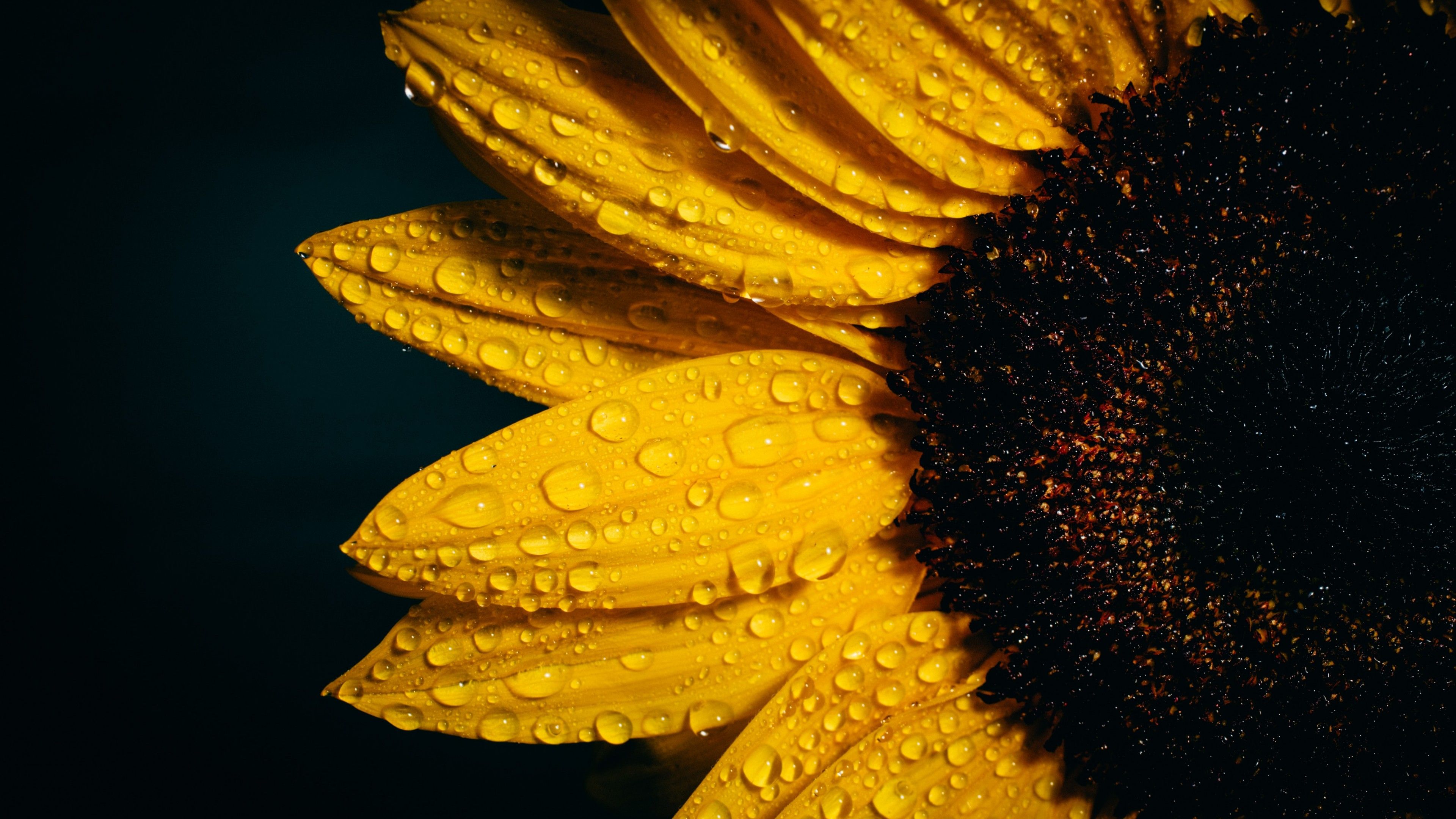Cabbage worms can be a secret and frustrating pest for sunflower growers. These little critters can silently wreak havoc on your beloved sunflowers, devouring the lush green foliage and leaving behind a disappointing sight. But fear not, as we’re here to help you unmask this secret pest and ensure your sunflowers flourish.
Harvesting sunflowers is a delight for every gardener and nature enthusiast, but it can become quite disheartening when cabbage worms start making an appearance. These small, green caterpillars can quickly multiply and cause significant damage to the sunflower leaves, hindering their growth and overall health. However, with the right knowledge and preventive measures, you can protect your sunflowers from these persistent pests and enjoy a bountiful harvest.
Let’s dive into the world of cabbage worms and delve into the various ways you can safeguard your sunflowers. From natural remedies to organic insecticides, we’ll explore effective methods to combat these sneaky invaders and help your sunflowers thrive throughout the growing season. So, get ready to unmask the secrets of cabbage worms and learn how to shield your sunflowers from their relentless appetite.

Identifying Cabbage Worms
Cabbage worms can be a pesky problem that can wreak havoc on your beautiful sunflowers. These sneaky pests are actually the larvae of a butterfly known as the cabbage white butterfly. Although they are called cabbage worms, they can also target other plants in the sunflower family, like your precious blooms.
To identify cabbage worms, look out for small green caterpillars that measure about 1 inch in length. They have a soft, cylindrical body with several pairs of stubby legs. These worms often blend in with the leaves of your sunflowers, making them difficult to spot at first glance. However, a close inspection will reveal their presence, especially if you notice irregular holes in the leaves or droppings, which are tiny black specks called frass.
One distinguishing characteristic of cabbage worms is a faint yellow stripe that runs along their backs. This stripe may not always be obvious, so it’s important to look for other identifying features as well. The worms gradually grow larger as they feed on your sunflowers, so you might encounter individuals at different stages of development. Keep an eye out for their pale green color, which can help distinguish them from other similar pests.
Now that you know how to identify these sneaky cabbage worms, let’s move on to the next section to learn about effective strategies to protect your sunflowers from their destructive munching.
Protecting Sunflowers from Cabbage Worms
One effective way to protect your sunflowers from cabbage worms is by using organic pest control methods. These methods are not only safe for your plants but also for the environment. One option is to introduce natural predators of cabbage worms into your garden, such as birds or beneficial insects like parasitic wasps. These predators can help keep the population of cabbage worms in check.
Another method to protect your sunflowers is by creating physical barriers. You can use floating row covers or netting to cover your sunflower plants. This will prevent adult cabbage worms from laying their eggs on the leaves, thus reducing the chances of an infestation. Make sure to secure the covers tightly to avoid any gaps where the worms can sneak in.
Additionally, practicing good garden hygiene is crucial in preventing cabbage worm infestations. Clean up any fallen leaves or plant debris regularly, as cabbage worms tend to hide and pupate in these areas. By keeping your garden clean and tidy, you can eliminate potential breeding grounds for cabbage worms and reduce their overall population.
Effective Harvesting Techniques
-
Time your harvest correctly
To ensure the best quality and taste of your sunflowers, it is essential to harvest them at the right time. When it comes to cabbage worms, timing is crucial. These pests can cause significant damage to your sunflowers, so it’s important to remove them before they have a chance to infest your crop. Keeping a close eye on your plants and checking regularly for any signs of cabbage worms will help you determine the optimal time for harvesting. -
Check for signs of cabbage worms
Before harvesting your sunflowers, thoroughly inspect the plants for any presence of cabbage worms. These pests are typically green in color and can be found feeding on the leaves and flowers of the plant. Look for small holes in the leaves, frass (excrement), or the worms themselves. If you spot any signs of cabbage worms, take immediate action to remove them to prevent further damage. -
Use proper harvesting techniques
When it’s time to harvest your sunflowers, it’s important to use the right techniques to ensure minimal damage to the plant. Start by gently grasping the stem of the flower at the base and slowly pulling it upwards. Be careful not to apply too much force, as this can cause the stem to break. Additionally, it’s a good practice to wear gloves while harvesting to protect your hands from any potential pests or thorns.
Remember, by implementing these effective harvesting techniques, you can protect your sunflowers from cabbage worms and enjoy a bountiful and pest-free harvest.